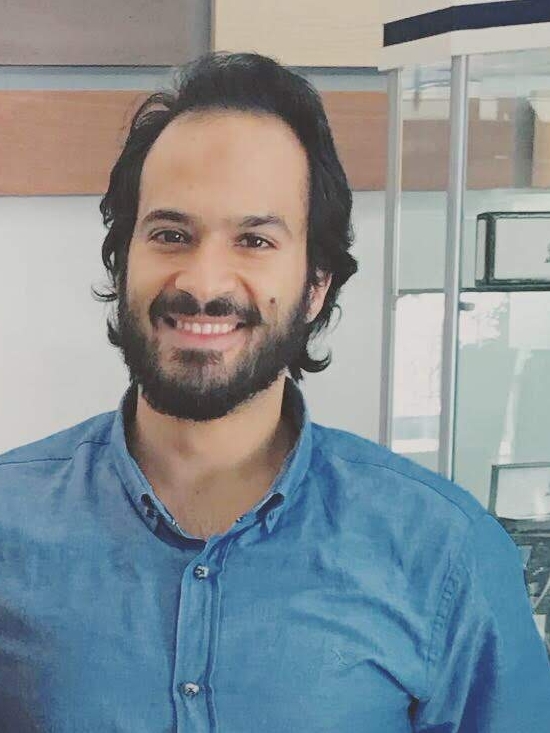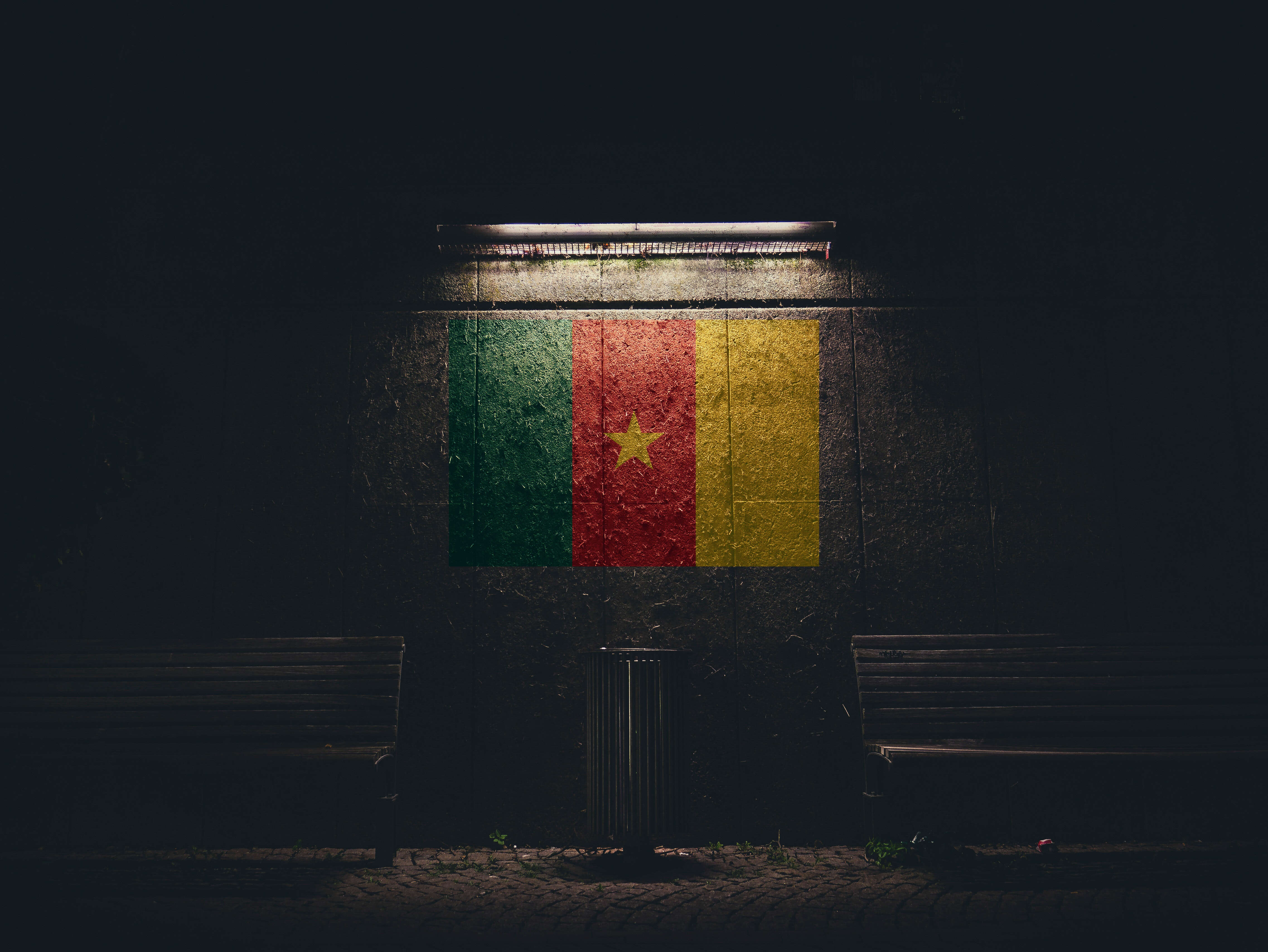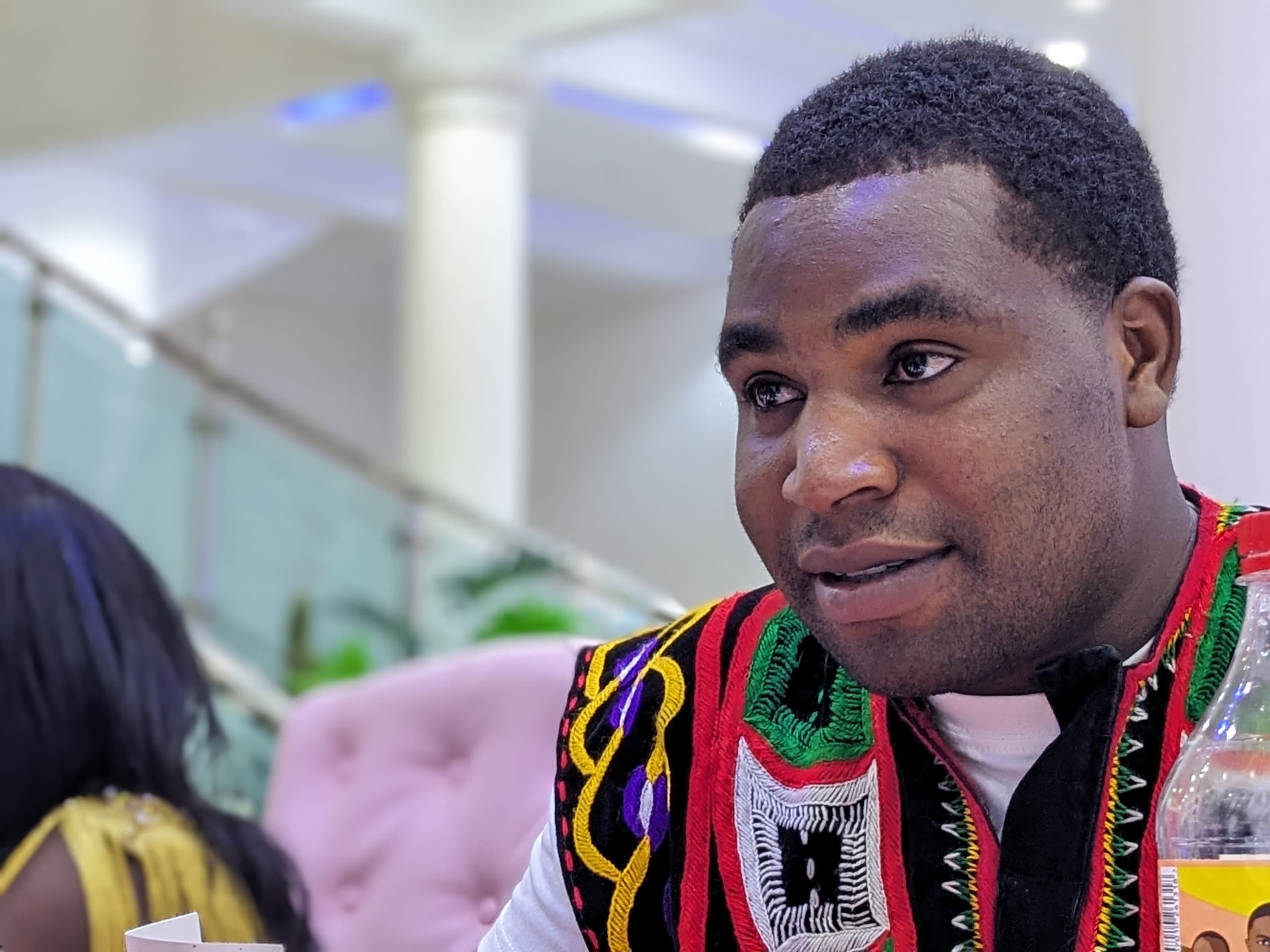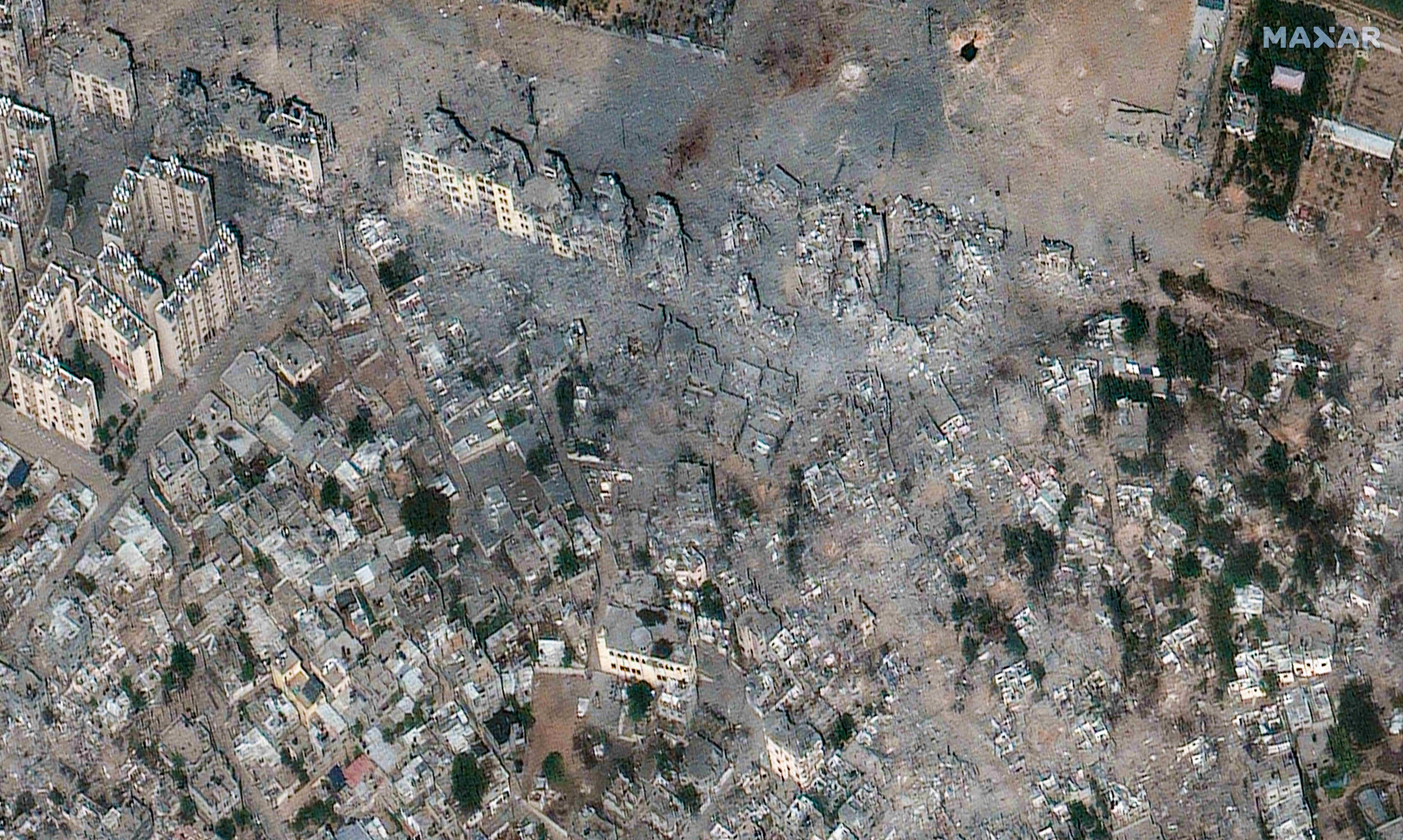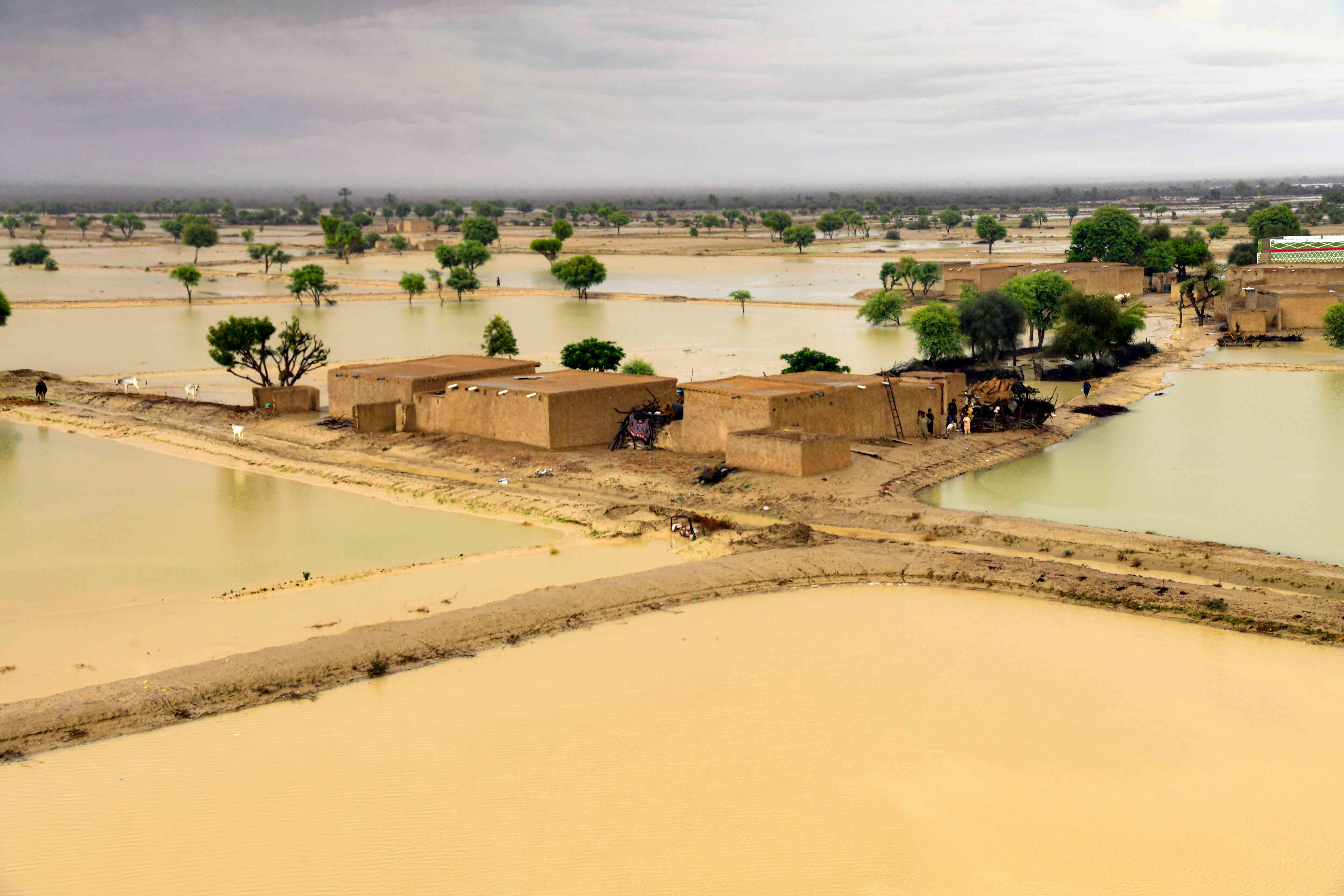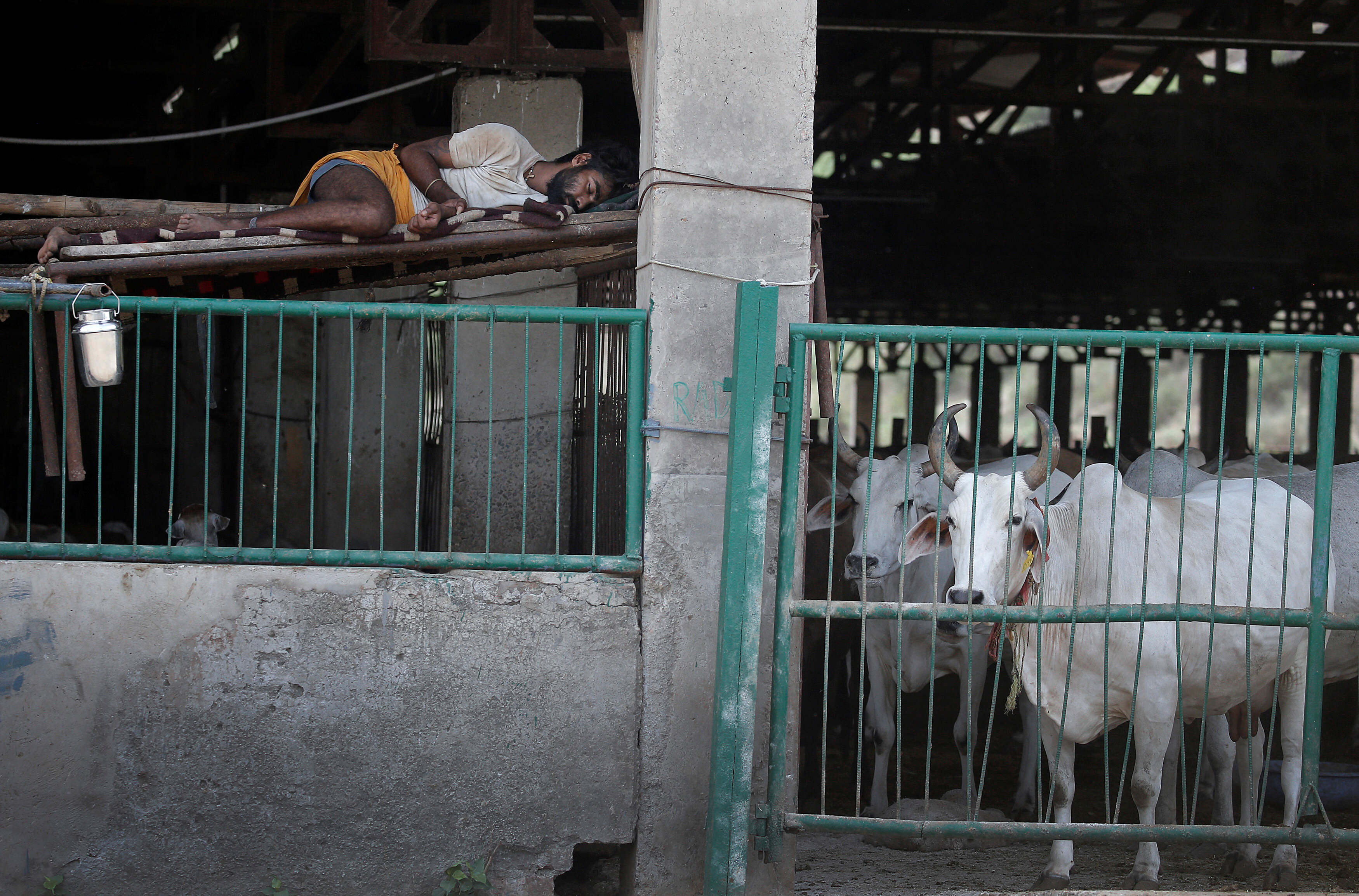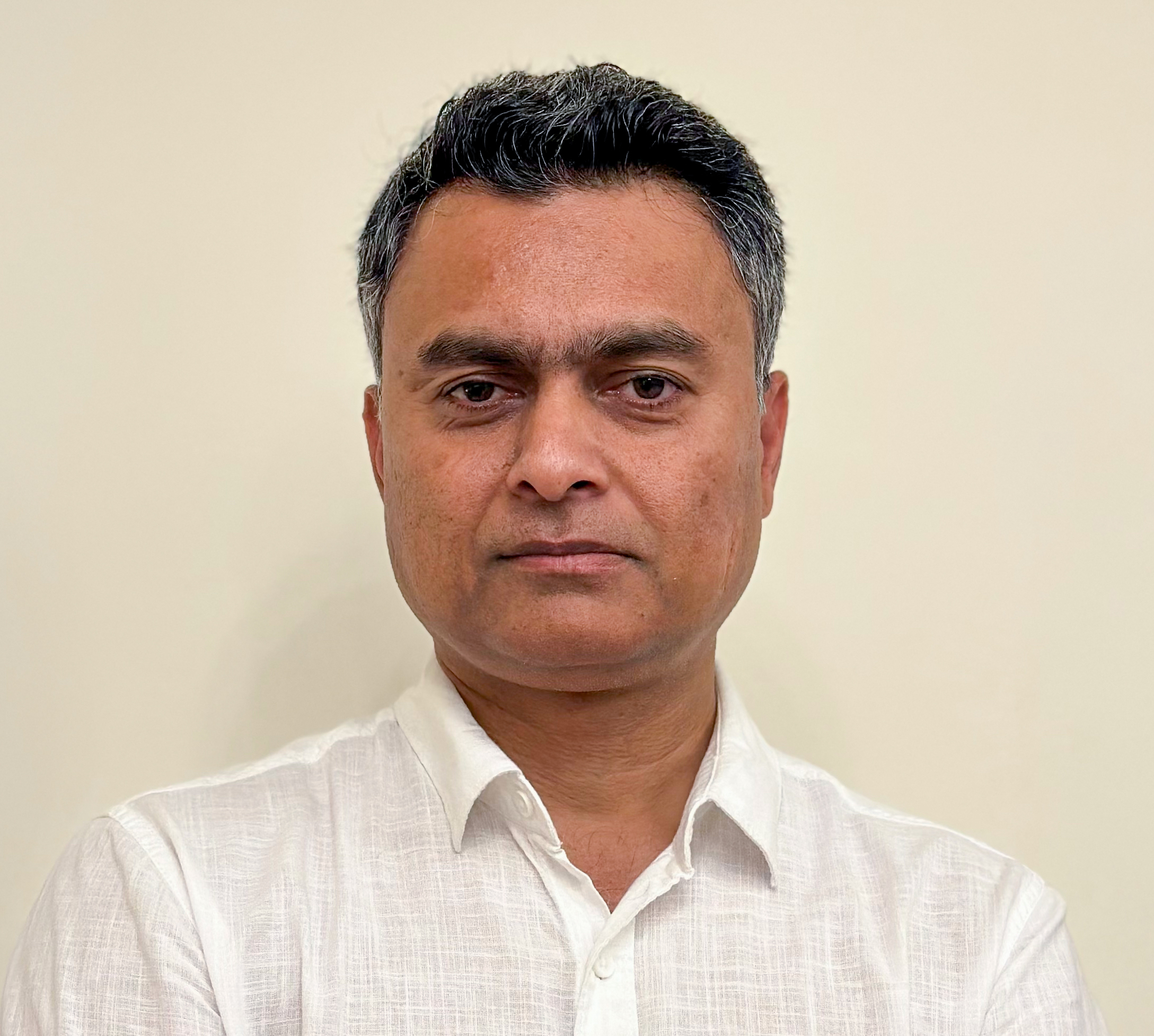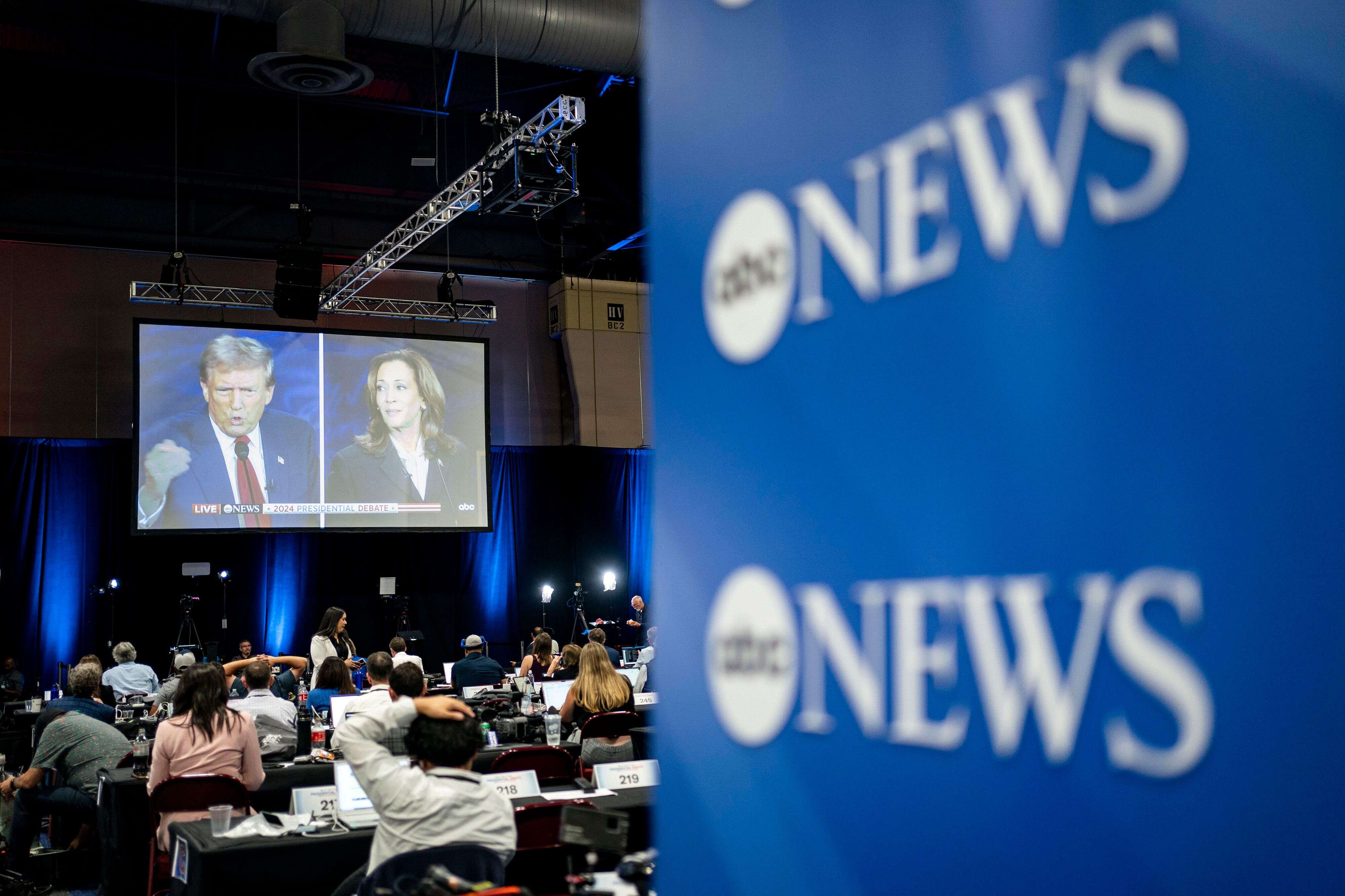تنويه: هذا المقال الذي بين أيديكم خرج بطريقة الكتابة الحِرَفيّة ولم تتدخل فيه أدوات الذكاء الاصطناعي.
بعد الإصدار الثالث من نموذج الذكاء الاصطناعي "تشات جي بي تي" انفجرت التحليلات حول المخاطر التي يشكلها هذا النموذج وما يليه على الوظائف المختلفة، وكان دليلاً على ارتفاع معدل ذكاء "تشات جي بي تي" أنه قادر - حسب بعض هذه التحليلات - على أداء وظائف معقدة لغوياً مثل كتابة المقالات الصحفية. هنا، انطلقت تحليلات أخرى في الأوساط الصحفية والإعلامية اهتم معظمها بجانبين فقط يتعلقان بالذكاء الاصطناعي والصحافة: أولهما هو كيفية استفادة الصحفيين من هذه الأدوات لتسهيل عملهم اليومي، وثانيهما هو مخاطر "اختطاف" الذكاء الاصطناعي للوظائف الإعلامية والصحفية.
غيّرت الثورة الصناعية حياة "الحرفيين". تحول العمل من المحال الصغيرة بأدوات بسيطة إلى عمل أكثر مركزية في ورش أو معامل أكبر بآلات أسرع، واعتمد النموذج لاحقاً على تقسيم العمل ووضع الفعالية الإنتاجية هدفاً نصب الأعين.
سلبت الماكينة كل شيء بالتدريج، ثم بالتدريج بدأت تعود الأمور إلى سيرتها الأولى بإعطاء قيمة لما هو "يدوي" فصار - في مفارقة عجيبة - أعلى سعراً! على هذا النسق تدور العديد من المناقشات الدائرة حول الذكاء الاصطناعي وعلاقته بالإعلام: ثورة جديدة تسلب الحرفيين أعمالهم وتصنع نموذجاً جديداً. والتنويه في بداية هذا المقال قد يكون مستقبل الصحفيين لاحقاً!
الانتقادات التي وُجهت للثورة الصناعية وما صاحبها من تغيير في النموذج الرأسمالي كان في قلبها بُعد آخر غير استفادة الحرفيين من أدوات الصناعة الجديدة واستبدال الآلات للعمالة. اغتراب العامل عن عمله من خلال تقسيمه ووضع العامل في هرمية طبقية لا يتحكم فيها بعمله لكن يظل حلقة ضعيفة في منظومة أكبر هدفها الإنتاجية والربح ويهيمن عليها من يمتلك ويطور وسائل الإنتاج.
يمكننا توجيه نفس الانتقاد إلى ثورة الذكاء الاصطناعي الحالية بشكل عام وإلى تبعاتها على الصحفيين - باعتبارهم حرفيين - بشكل خاص، لكن هذا أيضاً ليس الأمر الأخطر!
اختطاف وظائف الصحفيين ليس الخطر الأكبر؟ اغتراب الصحفيين في نموذج عملهم الجديد ليس الخطر الأكبر؟ ما هو الخطر الأكبر إذاً؟
الانحياز والبنية الفكرية:
العمل الصحفي في جوهره هو عملية إنتاج للمعرفة تتدافع فيها وجهات النظر والأيديولوجيات والأفكار الجديدة ليقدم كل منها رؤية خاصة للعالم والإنسان والواقع وربما لرسم المستقبل. التطور الهائل في وسائط النشر وطرق الوصول للجماهير المختلفة جعل التمويل والإرادة السياسية عنصرين أساسيين في منظومة العمل الصحفي بحيث تتمكن الصحافة والإعلام من التحليق والوصول إلى جمهورها. الكشف عن كل هذه العناصر المنخرطة في العملية الإعلامية يخلق شفافية كافية لمعرفة التوجهات والانحيازات التي عادة تفضحها التغطيات المتتالية والأجندات التحريرية، وبقدر ما قد تكون هذه الجملة مخيفة، فإن التغيير الثقافي والاجتماعي الذي يخلقه الإعلام بشكل تراكمي يكون نتيجة هذه الانحيازات وتفاعلاتها مع محيطها ومع الجمهور. الخطر الأكبر الذي يواجهنا بسبب الذكاء الاصطناعي هو اختباء هذا الانحياز، واختباؤه لا يعني عدمه بل يعني أننا أمام تهديد محتمل للبنية الثقافية والاجتماعية دون أن نشعر!
إن إحدى أخطر مشكلات الذكاء الاصطناعي ومجالاته المختلفة اعتمادها على هندسة الشبكات العصبية والتي تعد بالنسبة لكثير من المستخدمين صندوقاً أسود، فهي مفهوم غير واضح وشديد التعقيد.
قد يجادل البعض في صحة الافتراض القائل إن التقنية تنحاز والتطور العلمي ينحاز، لكن سرعان ما يتهاوى هذا الجدال أمام تاريخ طويل من انحياز التقنية على أساس انحيازات صانعيها، وانحياز التطور العلمي وحتى الطبي تبعاً لانحيازات مكتشفيه ومطوريه. لا يتوقف الأمر عند هذا الحد، بل إن بنية الانحياز التقني تبدأ من انحيازات المنظومة العامة في المجتمع، مروراً بالشخصية البشرية التي تنتج عن المجتمع وطبيعته والتربية والنشأة وصولاً إلى الانحياز في التقنية الذي قد يظهر على أنه محض مشكلة حسابية أو إحصائية لكنه في حقيقته مركب ويمثل انعكاساً أو لنقل محصلة لانحيازات المنظومة المجتمعية وانحيازات الأشخاص.
لا يسعنا هنا حصر أمثلة من الانحيازات غير المتوقعة للتقنية والتطور ودورها في تعزيز أنماط مجتمعية تزيد من ظلم المظلوم وترسخه وتحول دون رفعه، وتزيد من هيمنة القوى الكبرى وتبني دفاعات حولها لتمنع اختراقها.
البحث في حالات مثل انحياز أفلام التصوير الملونة ضد ذوي البشرة السوداء والطبية تجاه عدة أعراق وعلوم الإدارة ضد النساء يمكن أن يساعدنا في فهم خطورة انحيازات التطور والتقنية التي ربما لا تكون جلية في أول الأمر. وحين نرى الأمثلة السابقة ونجد أنها تمثل في أغلبها نماذج لمشكلات أساسية تخص المجتمع الغربي والأمريكي بشكل خاص، سنعرف أن ديناميكية صانعي التقنية ترتبط بمجتمعهم وأفكارهم، ونحن - الآخرون - سنتأثر دون أن نشعر باعتبارنا مستوردين لهذه الأدوات. نتيجة تركز الانحياز دون تدافع متوازن بين القوى الفكرية والمعرفية غالباً سيكون مآله الهيمنة الثقافية والمعرفية التي تتحول بدورها، بمرور الوقت، إلى معيار يحدد الصواب والخطأ.
الآلة الحاسبة تكذب
في خبر نشرته بلومبرغ مطلع العام، يقول أستاذ الاقتصاد في جامعة ستانفورد إريك برينجولفسون إن "تشات جي بي تي" سيصبح مثل الآلة الحاسبة للكتابة. لكن ما الرابط بين الذكاء الاصطناعي والآلة الحاسبة؟ تؤكد العديد من المصادر أن الآلة الحاسبة ليست شكلاً من أشكال الذكاء الاصطناعي لأنها لا يمكنها تطبيق أي ذكاء إدراكي لاتخاذ قرارات بل تتبع سلسلة من التعليمات التي بُرمجت سابقاً لتأديتها. قد يكون الرابط بينهما أنهما يساعدان الإنسان على الوصول إلى حلول مسائل معقدة دون أن يرهق نفسه ذهنياً بالتفكير فيها، وأنهما يوفران الكثير من الوقت لأداء مهام مملة.
استعملنا، كلنا، الآلة الحاسبة ونستعملها في حياتنا اليومية، حتى إن بعضنا يتكاسل عن أبسط الحسابات لتوفر آلة حاسبة متطورة على هاتفه طوال الوقت. لكن هل فكرنا للحظة ما إذا كانت تلك الحاسبة تكذب علينا؟ ماذا لو عرفنا أن الآلة الحاسبة ربما تكون كاذبة؟ هل سنشعر بذلك أصلاً؟
في إحدى هذه الدراسات، أخضع الباحث ديفيد روزادو تطبيق "تشات جي بي تي" إلى مجموعة من الاختبارات الشهيرة لتحديد الطيف السياسي، والتي أظهرت انحيازاً للإجابات التي قدمها التطبيق نحو اليسار الليبرالي.
ثمة دراسة أجراها قسما علم النفس في جامعتي لويزيانا - لافاييت وجامعة تكساس التقنية حول إمكانية الأشخاص المختلفين تمييز النتائج الرياضية التي تظهر على آلة حاسبة مبرمجة على الكذب بدرجات متفاوتة خلصت إلى أن عدداً لا يُستهان به من الطلاب لن يلاحظوا عدم معقولية الإجابات التي تظهر لهم إذا أخطأوا بشكل غير مقصود في إجراءات الحساب على الآلة الحاسبة وأن الطلاب ذوي المهارات الحسابية العالية ربما يكونون قادرين على رصد الأخطاء، لكن يجب أن تكون هذه الأخطاء صارخة حتى يتمكن عدد معقول من الطلاب من ملاحظتها!
تجربة كذب الآلة الحاسبة صادمة ليس فقط لأننا نعرف جيداً أنه لا يمكنها أن تكذب، لكن لصعوبة إدراك هذا الكذب مع أنه يتعلق بأرقام وحقائق مجردة تخضع لعلم المنطق وغير معرضة للتنوعات الثقافية أو الانحيازات العرقية أو الهيمنة المعرفية، فما الذي يمكن أن يحدث إذا اعتمدنا على تطبيقات الذكاء الاصطناعي في الكتابة الصحفية بنفس القدر من الثقة التي نمنحها للآلة الحاسبة؟
من الضروري فهم أن "تشات جي بي تي" هو نموذج لغوي قادر على توليد الكلام رداً على بعض الأسئلة من خلال حزمة من البيانات (Dataset) التي تدرب عليها، وحزم البيانات هذه تحمل في طياتها انحيازات وأخطاء ومعارف مزيفة وأخبار كاذبة وإهانات وتمييز.
الطريق غير ممهد
إن إحدى أخطر مشكلات الذكاء الاصطناعي ومجالاته المختلفة اعتماده على هندسة الشبكات العصبية والتي تعد بالنسبة لكثير من المستخدمين صندوقاً أسود، فهي مفهوم غير واضح وشديد التعقيد، وتوجد فجوة كبيرة بين هذه التطبيقات وعملها وبين فهم أهم مستخدميها لها، وفي حالتنا هنا نقصد الصحفيين، بل إن هذه الفجوة حاضرة بين علماء الحاسوب أنفسهم وبعضهم يرى عدم القدرة على التوقع جزءاً من طبيعة الذكاء الاصطناعي وبالتالي يرون استحالة القول إن الذكاء الاصطناعي سيكون آمناً تماماً.
خلال العمر القصير لتطبيقات الذكاء الاصطناعي الشائعة رأينا لمحة من هذا العطب البنيوي؛ تمثل ذلك في تجارب عديدة تناولت رأي "تشات جي بي تي" في الاتهامات الموجهة للرئيس الأمريكي السابق دونالد ترمب، ورؤيته لمعاناة الفلسطينيين والإسرائيليين وغيرها. هناك دراسات أخرى أُجريت على التطبيق لمحاولة الكشف عن انحيازاته الفكرية والسياسية، كشف الكثير منها عن انحيازات واضحة فيما يتعلق بالعرق والجنسيات المختلفة والأطياف السياسية والتوجهات الجنسية.
إن الصحافة تشارك في تعزيز سرديات الخوارزميات ومعايير المجتمع ومحركات البحث، بل بسعي الصحافة المستمر نحو تحقيق أفضل أرقام ومسابقة الترند التي لا تنتهي فإنها تتبنى هذه السرديات وتفرضها على الجماهير بطريقة تمنحها مصداقية.
في إحدى هذه الدراسات، أخضع الباحث ديفيد روزادو تطبيق "تشات جي بي تي" إلى مجموعة من الاختبارات الشهيرة لتحديد الطيف السياسي والتي أظهرت انحيازاً للإجابات التي قدمها التطبيق نحو اليسار الليبرالي، ووصل إلى خلاصة مفادها أنه يجب أن نقلق من أنظمة الذكاء الاصطناعي التي تدعي الحيادية وتُظهر في الوقت ذاته انحيازات سياسية، فهذه الأنظمة ستكون قادرة على تشكيل الوعي البشري وبالتالي التحكم في المجتمع.
فضلاً عن كل ذلك، فإن خبرة الصحافة الطويلة في التعامل مع خوارزميات مواقع التواصل الاجتماعي ومعايير المجتمع لهذه المواقع وطريقة ترتيب أولويات نتائج محركات البحث العملاقة، كفيلة بأن تُشعرنا بالقلق تجاه طبيعة الذكاء الاصطناعي واستعماله في الصحافة بطريقة غير واعية، في النهاية فإن الخوارزميات والمعايير ونتائج البحث يمكن رصدها بسهولة وأدوات البحث فيها متاحة أكثر بكثير من الذكاء الاصطناعي.
ما تعانيه القضية الفلسطينية على وجه الخصوص في الفضاء الرقمي الذي يدعي الحيادية يشكل مثالا صارخا على منهجية الهيمنة المعرفية التي تُنفذ بحجة مراعاة معايير المجتمع حيث تفرض المنصات على كل مجتمعات مستخدميها معايير هي وحدها قررتها والهدف من كل ذلك يبدو بسيطاً: استعمال لغة معينة بدلاً من لغة أخرى وتحويل بعض المصطلحات إلى مصطلحات بديلة تتوافق مع سياسة هذه الشركات.
اللغة قضية سياسية لها طابع ينشأ عن هوية مستخدم اللغة وتوجهاته وأفكاره وقناعاته، فاستخدام كلمات مثل: احتلال، شهيد، حصار، نكبة، مجزرة، ليس كاستعمال كلمات مثل: صراع، قتيل، تأهب، حرب، أحداث. تفريغ القضية الفلسطينية على مواقع التواصل يحدث أولاً من خلال اللغة المنحازة بالضرورة، وخطورة تطبيقات الذكاء الاصطناعي الصاعدة في مجال الصحافة خلال هذه الفترة أنها بالأساس نماذج لغوية قادرة على توليد الكلام ونشر استعماله في أوساط واسعة.
إن الصحافة تشارك في تعزيز سرديات الخوارزميات ومعايير المجتمع ومحركات البحث، بل بسعي الصحافة المستمر نحو تحقيق أفضل أرقام ومسابقة الترند التي لا تنتهي فإنها تتبنى هذه السرديات وتفرضها على الجماهير بطريقة تمنحها مصداقية. لذلك، فإن الهيمنة المعرفية التي قد تنتج عن الاستخدام غير الواعي للذكاء الاصطناعي في المجال الصحفي ستصبح راسخة بمرور الوقت في أذهان الجمهور، وستكون انعكاساً ضرورياً لهيمنة المتحكمين في هذه الأدوات، وهذا هو الخطر الأكبر.
